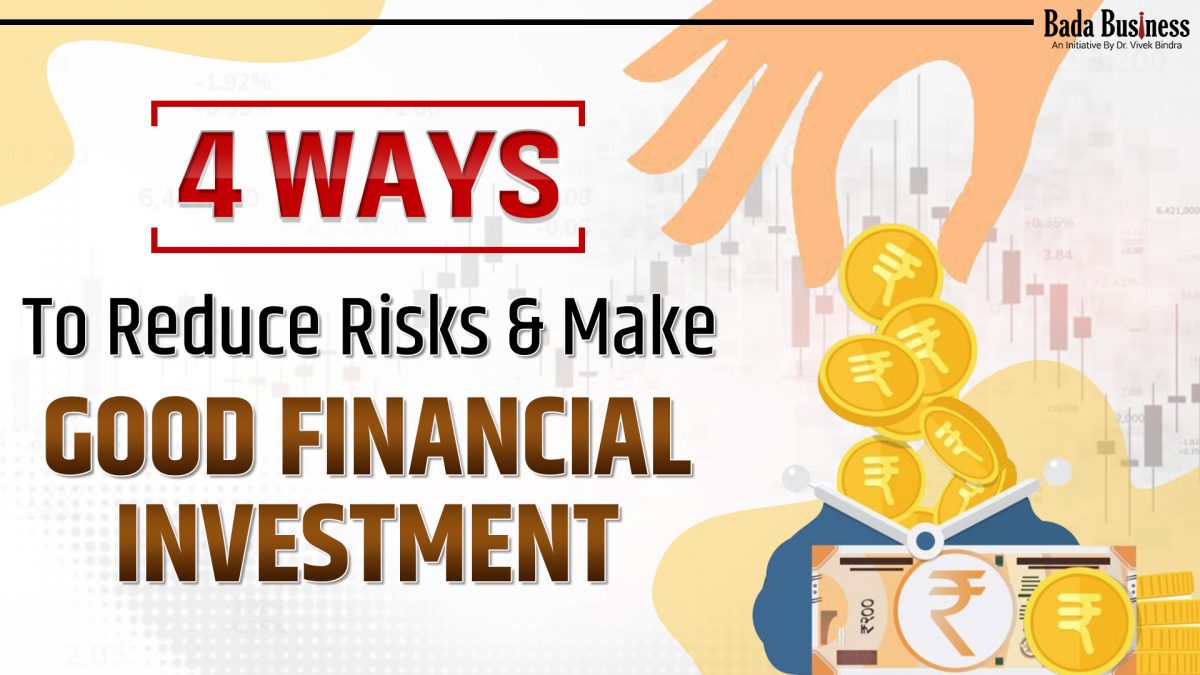Summary: Do you have a financial plan to fulfill your dreams? Here are five steps to take you closer to your professional and personal goals.
“A good financial plan is a road map that shows us exactly how the choices we make today will affect our future.” – Alexa Von Tobel.
Most of us plan for our studies, career, personal and professional goals that we would like to attain in the future. But when it comes to your finances, do you have a plan? Many people lack financial planning, thinking it is a time-consuming process. However, a personal financial plan is a formal process that has the power to improve your economic life.
Entrepreneurs must establish a plan to organize their finances to know where exactly their money is going. It is critical to formalize the process if you are serious about building wealth. You can work with a business coach who can help you build a strategy associated with your goals.
Here are five steps that will help you to develop a personal financial plan and growth strategy:
1. Analyze Your Current Situation
It is essential to review and analyze your current financial status if you want to create a sound financial plan to achieve your goals. Reviewing your current situation means giving yourself an overview of all your income, debts, expenses, investments, etc. Begin by taking inventory of your existing assets and liabilities and create a balance sheet.
Define your financial objectives and be clear about your goals, as they will provide a roadmap for your financial future. Your goals should be:
a). Quantifiable & achievable
b). Defined goals with a set timeline
c). Needs and desires in separate columns.
You can consult with a good financial advisor or a business coach in India to assist you.
2. Gather Financial & Personal Information
Financial planning and its success will depend on the quality and clarity of the information you will provide to your adviser. Once your adviser captures all the relevant information you provide, he can create a detailed financial statement associated with your finances.
The financial balance sheet will consist of:
i). Income and expenditure
ii). Assets and liabilities
iii). Risk factors, capacity to take risks, and risk attitude
3. Find a Budget that Works for You
Budgeting is an essential part of successful management from a country to a household. Many people don’t like budgeting as it feels challenging to stick to. But this does not mean that it is a difficult task. It simply means that the budgeting system is not customized according to your requirement.
The concept of creating a budget does not imply that you have to cut back on everything you love. It is simply about controlling unnecessary expenses and making mindful purchases. But for it to be truly effective, you can try a method like the 50/30/20 rule, according to which 50% of your budget goes to pay for necessities, 30% or less to discretionary items, and 20% or more to savings and debt payments.
To understand how you can plan more efficiently for your future, you can attend our Masterclass by billionaire professors accessible on our Bada Business community app.
4. Choose Your Rhythm
Leadership Consultant, Dr Vivek Bindra, believes that if a strategy fails, change the strategy, not your goal.
Everyone has different goals and hence different requirements. It is not necessary that if your friend who has zero liabilities is saving her entire salary, you must also follow in her stride.
Instead, customize the plan. If you have a consistent salary, it is easy. You can choose the percentage you would like to save each month. However, it gets tricky for entrepreneurs and small business owners because of the variable Income. So, entrepreneurs can consider a lower amount to automate monthly. If you are a small business owner, you can also set a calendar reminder to review contributions quarterly.
5. Get Help from a Business Coach or Team of Advisers
Entrepreneurs have so many responsibilities and tasks at hand. So, if you try to manage your finances, it may be too much to handle. And your growing wealth could become a task. Begin by taking professional help instead of trying to manage it all on your own.
If you follow these five strategies mentioned above, you can build a solid foundation to grow your wealth and make smarter money decisions for your future. To gain in-depth knowledge, attend our Masterclass available on our Bada Business community app, in which you can learn simple yet effective financial strategies.
Download the app now: https://tinyurl.com/nhav2kp6









